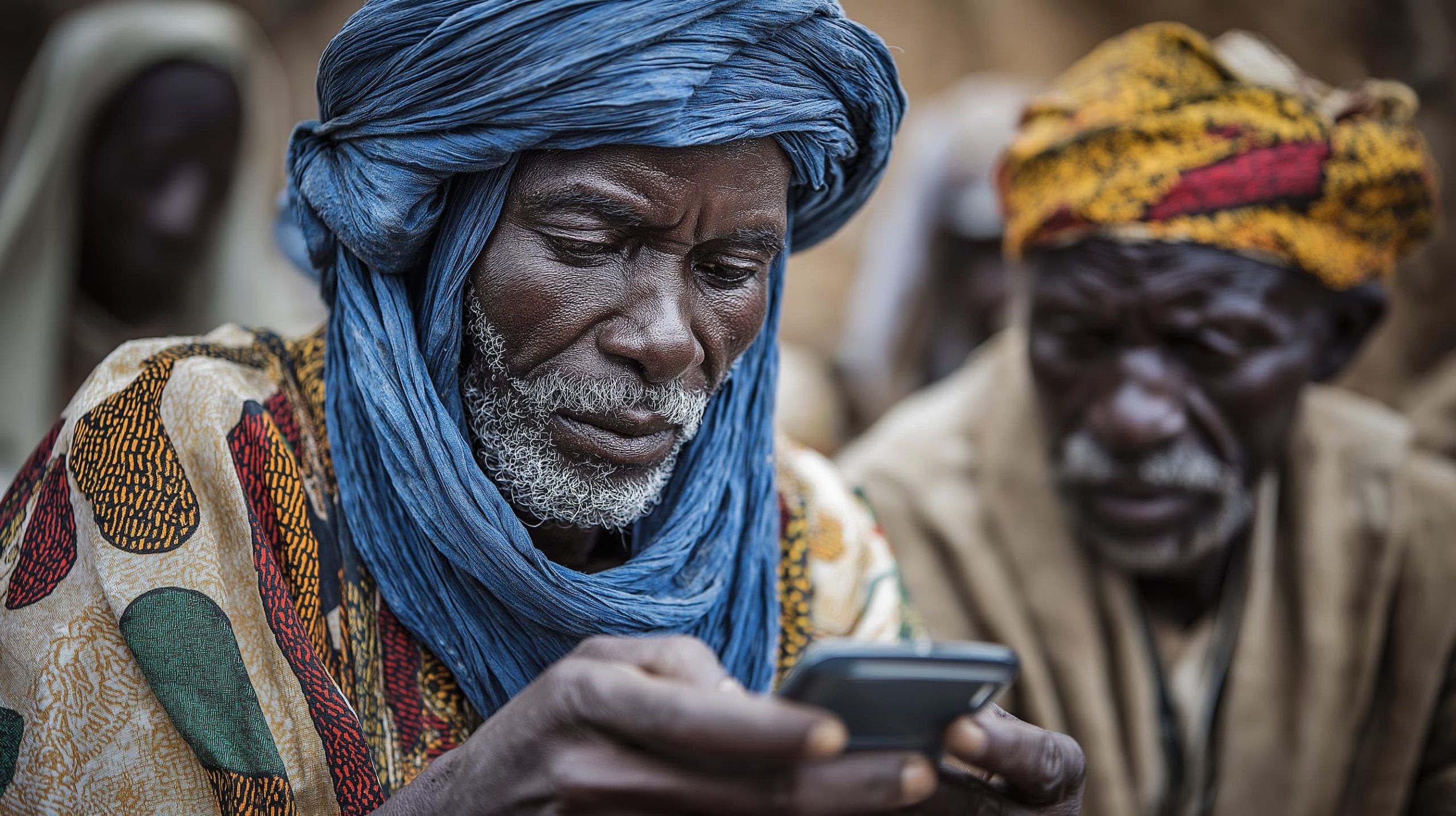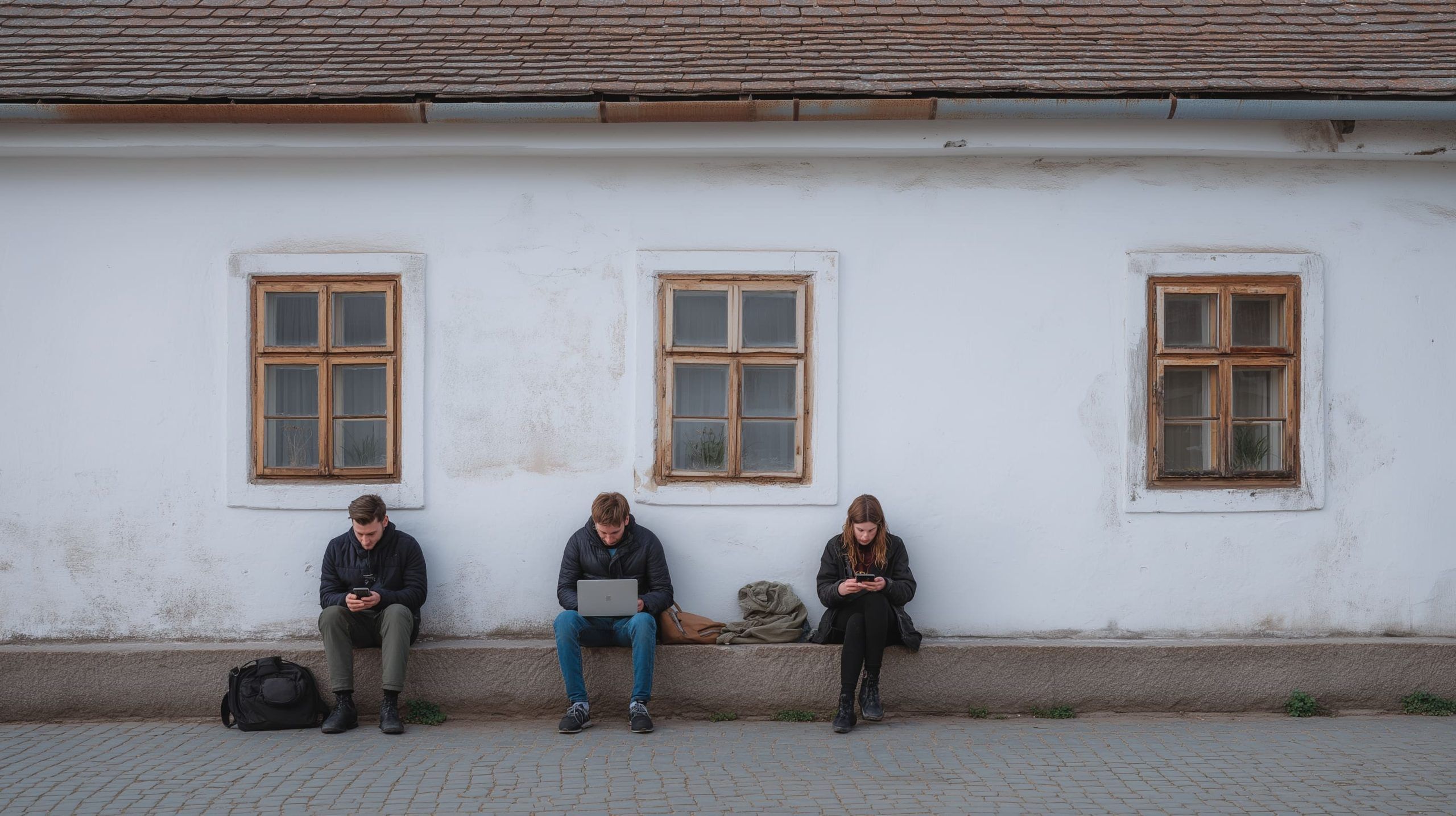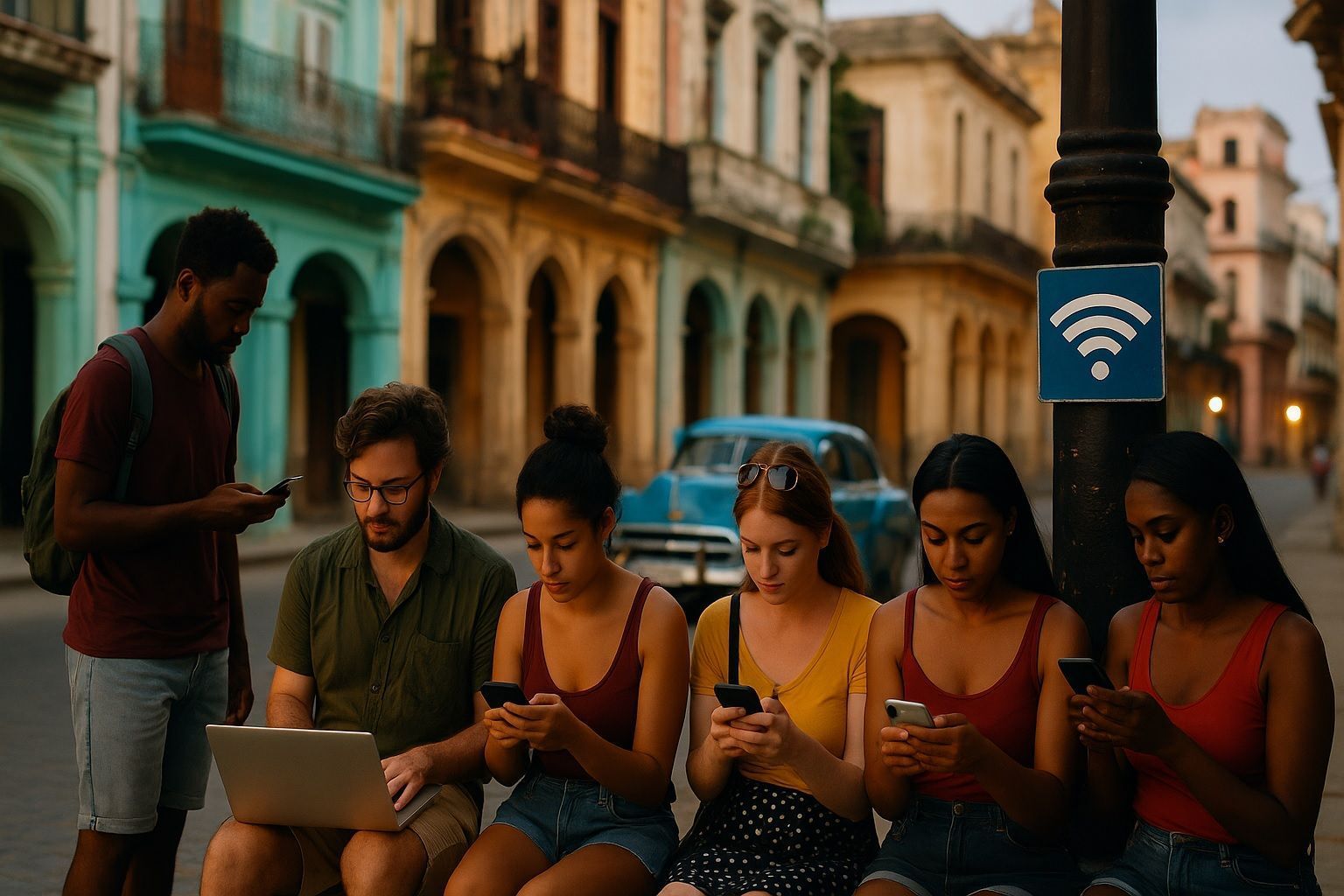
Mali’s Internet Revolution: Surprising Facts & Bold Plans for a Digital Future
Introduction Mali, a large landlocked nation in West Africa, is undergoing a digital transformation against challenging odds. Internet access has grown from almost zero at the turn of the century to reaching roughly a third of the population today extensia.tech.










